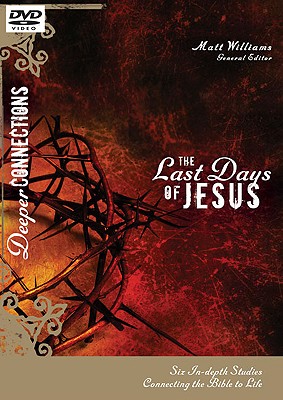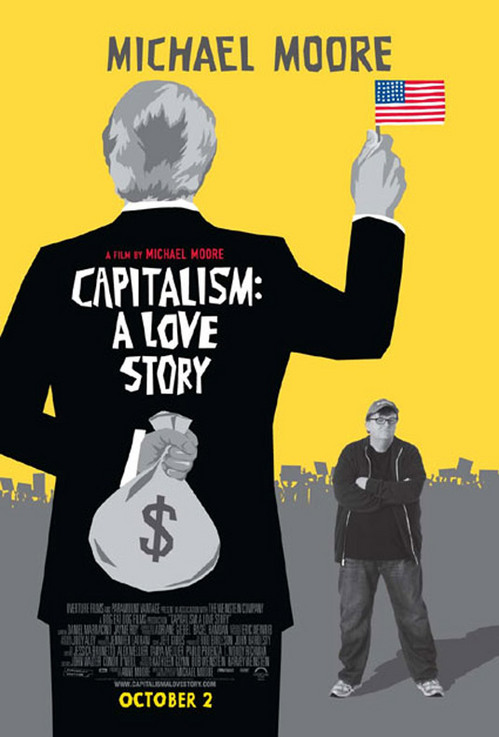The final six sessions of the new series of Deeper Connections ar called The Last Days of Jesus which is a bit odd, since the first two sessions deal with the confession of Peter at Caesarea Philippi (mis-spelled on the intro video to the first session) well before Passion Week, and the Transfiguration story which also transpires before Passion Week. And notably absent in what we do have is: 1) any real attention to our earliest accounts of these events in Mark; 2) no real discussion at all of the seven last words of Jesus from the cross, and 3) an insufficient focus on the atoning death of Jesus and its theological significance. Were it not for Darrell Bock’s treatment of the trials of Jesus and some comments there, coupled with his remarks about Mk. 10.45 the crucifixion and its import would not get dealt with as we try to go deeper into the last days of Jesus as they are described in the four Passion narratives. Yes there is collateral discussion of Jesus as the suffering servant of Isaiah 53, thank goodness, but not directly connected with the record in the Gospels of what happened that last day. There is a passing reference by Margaret Feinberg to Jesus sweating great drops of blood in the Garden of Gethsemane, but alas that verse is probably not an original part of Luke’s account. Scott Duvall’s treatment of the footwashing episode in John 13 is helpful, but it does not at all interact with the evidence that this is basically about an event which took place at a meal that transpired earlier in the last week of Jesus’s life, not on Maundy Thursday. What John 13.1 says in the Greek is that this took place ‘before the festival of Passover’, not merely before Passover night. And there is no treatment of the Beloved Disciple’s role and presence at that meal either (see my What’s in the Word? on who he is or may have been). On the other hand, the connection between Jesus taking on the role of a slave in washing feet and the ante-bellum slavery of the South is suggested by filming at an old Arkansas cotton plantation. It would have been helpful if there had been some discussion about the differences between agrarian slavery in the old South and domestic slaves in the world of Jesus. In other words, the potential connection is not fully taken advantage of.
Despite these shortcomings, you are now going to hear me say that there is some splendid material in these six sessions. The scenes from Nazareth, Jerusalem, Caesarea Philippi and other venues are excellent, and the intros do a fine job of setting up the discussions that follow.
Susan Hecht’s discussion of the Transfiguration finds her on top of her game and on top a beautiful Colorado mountain peak, doing the best job of her three presentations. The connection of the Transfiguration story with the day Moses’ experienced the glory of God on the mountain and came down with his face shining is a helpful connection, and she is right that this story in Mk. 9 and par. is meant to make clear that Jesus alone is the Son of God, greater even than the representativesof the Law and Prophets, Moses and Elijah. It is not enough to listen to the Hebrew Scriptures. One must also listen to the Son.
Darrell Bock makes some excellent and interesting connections between the assassination of JFK in Dallas and the crucifixion of Jesus, and his treatment of the logic of the two trials in Luke’s account is excellent. He is absolutely right that Jesus is not accused of blasphemy for claiming to be messiah. What tears it for the high priest, which leads him to tear his robes is Jesus’ claim that the Son of Man will be sitting at the right hand of God and seen coming on the clouds for judgment. In effect, Jesus is saying– ‘you think you are judging me? Wait until you see whose doing the judging on Judgment Day. Bock is right there is an implicit claim to divinity in the Son of Man saying in Mk. 14.62 and par.
Mark Strauss chooses to deal with the triumphal entry story, while visiting a horse corral. He is right of course that riding into Jerusalem on a donkey might well suggest a somewhat different message than riding in on a war charger. And he is certainly right that Zechariah lies in the background here as well. The problem with too strong a contrast between riding the horse and riding the donkey is that we have the stories from the Davidic era about the king riding the donkey into Jerusalem, or having his son do it so he can be anointed a normal Davidic king. Furthermore, the story of the triumphal entry involves palm waving and Hosannas to the son of David, palms symbolizing celebrating the Maccabean retaking of the city for instance. If the donkey was supposed to convey a non-warrior message about messiah, it seems to have failed. Nevertheless, some useful connections with the Zechariah text are made, and Mark’s presentation is always clear and to the point. He has an excellent voice and demeanor on camera and this helps the audience concentrate on the message.
More helpful is the discussion of Peter’s denials and restoration in John 21, though I think there is more to the change in the Greek words for love than he allows.
I found Matt Williams’ opening session on the Caesarea Philippi episode both helpful and in the application section poignant, as Matt opened up and did some personal sharing. One thing that could have been discussed at some length is the fact that the Passion predictions do not say Jesus will be crucified. They simply say Jesus will be killed, and the normal assumption would be, since Jesus was viewed as in the line of OT prophetic figures, is that this meant stoning or murder, not a political execution. Furthermore, there is nothing at all in the OT about a Son of Man figure being killed so it is not surprising that the prediction produced quizzical looks and even rejection by Peter. As Matt says, Is. 53 was not understood in early Judaism to refer to the fate of the messiah.
Saving the best for last Gary Burge gives us a very helpful discussion of the appearance of Jesus to the women near the tomb (Mt. 28.1-10). The customs of the day in regard to burial are explained, and the unlikelihood of making up the idea of women being the first one to see the risen Lord in a patriarchal culture where the witness of women was considered dubious (the citation of a text from Josephus makes this clear). Indeed women were last at the cross, first at the tomb, first to see the risen Jesus, and first to preach the Easter message. The heart of the creed about Jesus’ crucified and risen is in the first instance resting on the testimony and witnessing of women.
These Deeper Connection videos are wonderfully stimulating and do indeed help us to probe further into the exegetical and historical and theological meat of the Word. Even when some of the exegetical judgments can be questioned, the overall discussions and applications are so apt and on target that this outweighs minor flaws or quibbles. In an age of watering down the Gospel, these videos take us in the opposite direction teasing the mind into active thought, And this is a very good thing in deed.


